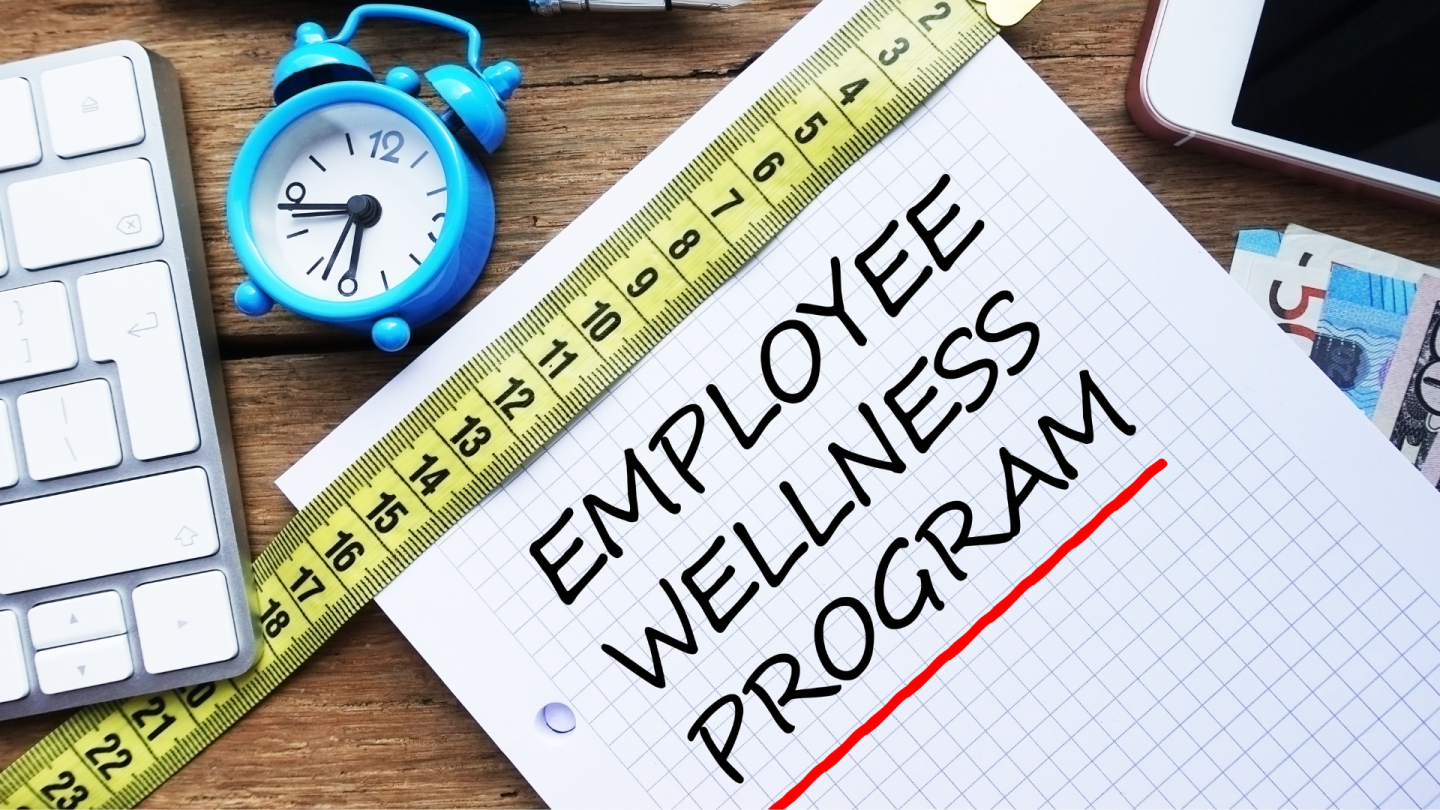
Healthcare costs are a significant burden for many families and individuals. Finding ways to reduce these expenses can make a big difference in your budget. In this article, you will learn the various methods to cut down on healthcare costs, including comparing insurance plans, using generic medications, opting for in-network providers, and taking advantage of preventative care.
The Cost of Functional Medicine vs. Conventional Medicine
Functional medicine doctors often focus on holistic and preventative approaches to healthcare, which can sometimes lead to higher initial costs compared to conventional medicine. However, over the long term, functional medicine may reduce overall healthcare expenses by addressing the root causes of health issues and preventing chronic diseases. While conventional medicine typically focuses on treating symptoms and acute conditions, it may result in repeated visits and ongoing treatments, potentially increasing long-term costs. Understanding these differences can help you decide which approach aligns best with your health goals and budget.
Smart Ways To Save Money on Health Care
Healthcare can be expensive, but there are many ways to reduce costs without sacrificing quality. Below are four smart strategies to help you save money on healthcare.
Compare Insurance Plans Annually
Reviewing and comparing insurance plans every year is crucial because healthcare needs and insurance policies change. Comparing different plans, you can ensure you have the coverage that best suits your current health needs and financial situation. Look for plans with lower premiums, better coverage for necessary services, and reasonable out-of-pocket costs.
Use Generic Medications
Generic medications are as effective as their brand-name counterparts but cost significantly less. Ask your doctor or pharmacist if a generic version of your prescribed medication is available. Using generics can save you a lot of money over time, especially for long-term prescriptions. They are regulated to ensure they meet the same standards for safety, efficacy, and quality as brand-name drugs.
Opt for In-Network Providers
Choosing healthcare providers within your insurance network can drastically reduce your medical bills. In-network providers have agreements with your insurance company to offer services at lower rates. Always verify that your doctor, specialist, or hospital is in-network before receiving care.
Take Advantage of Preventative Care
Preventative care includes services like annual check-ups, screenings, and vaccinations that can detect or prevent serious health issues early on. Many insurance plans cover preventative care at no extra cost to you. Utilizing these services can help you maintain better health and avoid costly treatments down the road. Regular preventative care can catch problems early, when they are easier and less expensive to treat.
Utilize Health Savings Accounts (Hsas)
Health Savings Accounts (HSAs) are a great way to save money on healthcare expenses. These accounts allow you to set aside pre-tax money for medical costs, reducing your taxable income. Contributions, withdrawals for qualified medical expenses, and earnings are all tax-free. HSAs can be used for a wide range of expenses, including doctor visits, medications, and even some over-the-counter items. Additionally, the funds in your HSA roll over year to year, allowing you to build substantial healthcare savings over time.
Ask About Cash Discounts
Many healthcare providers offer discounts to patients who pay in cash. This can be especially useful if you are uninsured or if a particular service is not covered by your insurance. Always ask your doctor, dentist, or pharmacist if there is a cash discount available.
Consider Telehealth Services

Telehealth services provide medical consultations via phone or video, often at a lower cost than in-person visits. These services are especially convenient for minor illnesses, follow-up appointments, and mental health consultations. Many insurance plans cover telehealth services, and some providers offer them at a reduced rate. Telehealth can save you time and money by reducing the need for travel and allowing you to receive care from the comfort of your home.
Review Medical Bills for Errors
Medical billing errors are common and can lead to unnecessary expenses. Always review your medical bills carefully to ensure all charges are correct. Look for duplicate charges, incorrect billing codes, or services you still need to receive. If you find any discrepancies, contact your healthcare provider or insurance company to dispute the charges.
Choose Urgent Care Over ER When Appropriate
For non-life-threatening conditions, urgent care centers are a more cost-effective option compared to emergency rooms (ER). Urgent care centers can handle issues like minor cuts, sprains, and infections, often with shorter wait times and lower costs than ERs. Before heading to the ER, consider whether your condition could be treated at an urgent care center.
Follow Treatment Plans Closely
Adhering to your treatment plans can help prevent complications and reduce the need for additional medical interventions, which can be costly. Make sure you take medications as prescribed, attend follow-up appointments, and follow any lifestyle recommendations given by your healthcare provider.
Shop around for Medical Procedures
The cost of medical procedures can vary significantly between different providers and facilities. Before scheduling a procedure, take the time to compare prices from various healthcare providers. Use online tools or call different clinics and hospitals to get quotes. In some cases, you may find substantial savings by choosing a different provider or opting for an outpatient facility instead of a hospital.
Use Mail-Order Pharmacies
Mail-order pharmacies can offer lower prices on prescription medications, especially for long-term medications. Many insurance plans have partnerships with mail-order pharmacies, providing discounted rates for a 90-day supply compared to a 30-day supply at a local pharmacy. Additionally, mail-order pharmacies offer the convenience of home delivery, ensuring you always have your medications on hand. Switching to a mail-order pharmacy can lead to significant savings and greater convenience.
Maximize Employer Wellness Programs

Many employers offer wellness programs that provide resources and incentives to help you maintain your health. These programs can include free health screenings, fitness classes, smoking cessation programs, and discounts on gym memberships. Participating in these programs can improve your overall health and reduce your medical expenses. Check with your employer to see what wellness benefits are available and take full advantage of them.
Apply for Financial Aid Programs
If you are struggling to afford healthcare, look into financial aid programs that may be available to you. Hospitals, clinics, and pharmaceutical companies often have programs to help lower-income patients with medical bills or prescription costs. Additionally, there are government programs like Medicaid that provide assistance based on income and other eligibility criteria.
Negotiate Payment Plans for Large Bills
If you receive a large medical bill that you cannot pay in full, don’t hesitate to negotiate a payment plan with the healthcare provider or hospital. Many providers are willing to set up interest-free or low-interest payment plans to help patients manage their bills over time. Discuss your financial situation openly with the billing department and propose a reasonable monthly payment that fits your budget.
Conclusion
Healthcare costs can be a significant financial burden, but there are many strategies you can employ to save money without sacrificing the quality of care. If you take proactive steps such as comparing insurance plans, using generic medications, and utilizing preventive care, you can effectively manage and reduce your healthcare expenses. Embracing telehealth services, reviewing medical bills for errors, and negotiating payment plans are additional methods to ease financial strain. Remember, staying informed and taking advantage of available resources are key to optimizing your healthcare spending.














